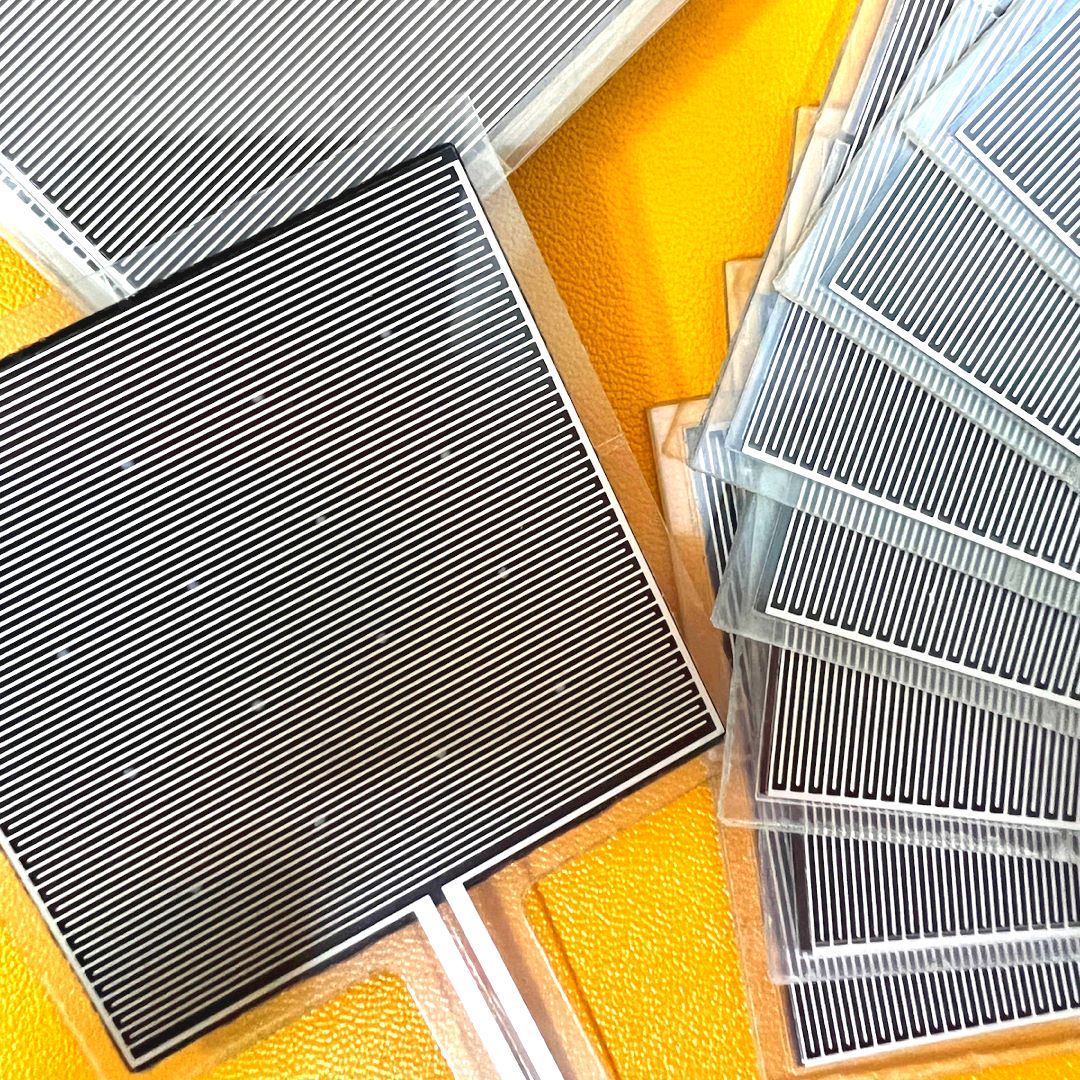Navigating the Impact of Drift in Static Force Sensing with Membrane Force-Sensitive Resistors: Ensuring Accuracy and Reliability
Navigating the Impact of Drift in Static Force Sensing with Membrane Force-Sensitive Resistors: Ensuring Accuracy and Reliability
Post by William Huang, Updated on September 1st, 2023

Introduction
In the dynamic landscape of force measurement, precision and reliability are cornerstones, particularly when employing cutting-edge technology like membrane force-sensitive resistors (FSRs). However, an often-overlooked factor, drift, can subtly undermine these qualities over time. Drift refers to the gradual and unintended changes in a sensor's output or measurement readings, even in the presence of a constant measured force. In this article, we delve into the crucial role of drift in static force sensing using membrane FSRs and explore strategies to uphold accurate and dependable measurements over the long term.
The Drift Dilemma in Static Force Sensing

Drift's influence on static force sensing with membrane FSRs is multi-faceted:
- Zero-Point Drift: Often referred to as offset drift or baseline drift, zero-point drift emerges when a membrane FSR's output shifts without an applied force. This shift, altering the "zero" reading, can introduce inaccuracies. Consequently, the FSR might erroneously detect a force presence even when none is present.
- Sensitivity Drift: Sensitivity drift involves changes in a membrane FSR's responsiveness to applied force. Over time, the FSR's sensitivity to force changes might fluctuate, causing the measured values to diverge from the actual force values.
- Temperature Drift: The sensitivity of membrane FSRs to temperature changes is noteworthy. Temperature fluctuations can impact the mechanical properties of the sensor, inducing drift in measurements. Oscillations in temperature can lead to expansion or contraction, subsequently affecting force measurement characteristics.
- Long-Term Drift: Some membrane FSRs experience long-term drift, wherein drift accumulates over extended periods. This phenomenon implies that even if a membrane FSR initially offers accurate readings, gradual shifts can transpire over time.
Strategies for Drift Management

To mitigate drift's impact on static force sensing with membrane FSRs, consider the following strategies:
- Calibration: Regular calibration of the membrane FSR serves as a corrective measure against drift. By comparing the sensor's readings with established reference values, any drift-induced deviation can be rectified, preserving precision.
- Temperature Compensation: Employ temperature compensation techniques to counteract the sensitivity of membrane FSRs to temperature variations, reducing the influence of temperature-related drift.
- Opt for Quality Sensors: Choose high-quality membrane FSRs with minimal drift attributes to mitigate the influence of drift on measurement accuracy.
- Stable Operating Environment: A stable operating environment for the sensor is crucial. Avoid abrupt temperature changes and extreme conditions, which could exacerbate drift.
- Regular Maintenance: Consistently monitor and maintain membrane FSRs to promptly identify drift anomalies and facilitate timely corrective actions.
Conclusion
Drift exerts a profound impact on the accuracy and reliability of static force sensing with membrane force-sensitive resistors, where constancy and precision are paramount. Recognizing the nuances of drift and implementing effective strategies to mitigate its influence are integral to safeguarding the accuracy of force measurements. In essence, the pursuit of maintaining accuracy and reliability in static force sensing via membrane FSRs involves a meticulous understanding of and vigilance against the subtle yet influential phenomenon of drift.



